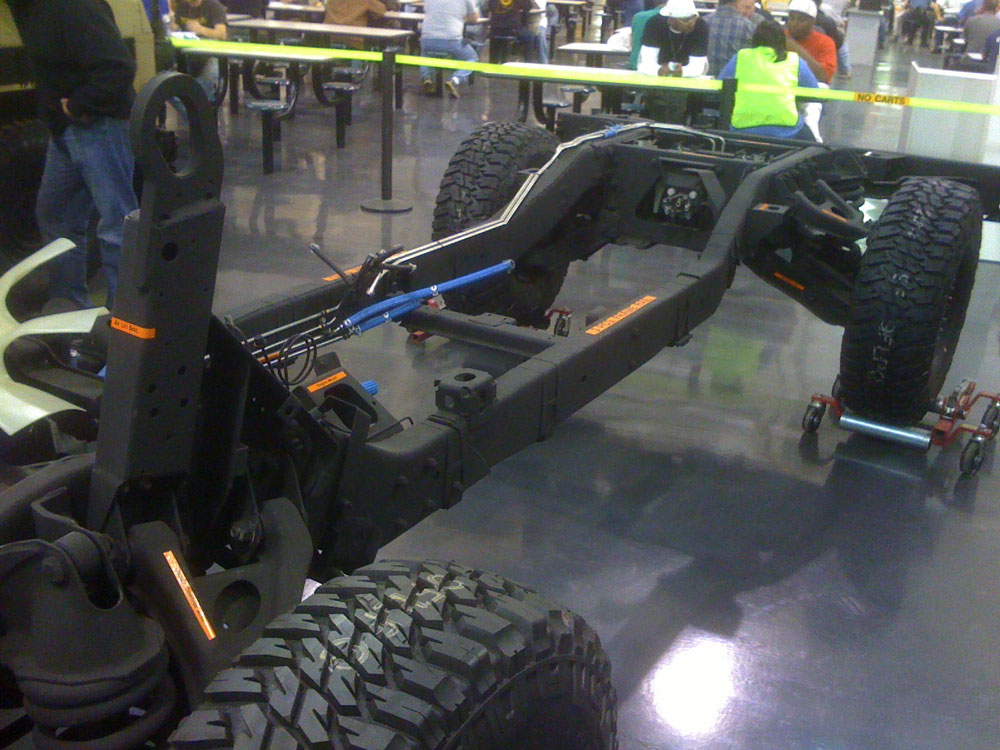Oh it's never fatigue. Corrosion failed one frame back by the hitch. Possibly because of the hitch. One crossmember (shock). A torsion bar mount (shock). Front arms (unrelated). Crack behind the control arms (easy fix) On a '99 we ripped the entire upper front shock mounts right off of the frame. '07 snapped the frame clean in half by the control arms. '11 cracked frame by torsion bar mout crossmember (shock? 9000# winch?).
Interesting cases for sure. Seems like GM has quality control issues (which I'm not surprised).
A cracked spring/torsion bar mount is usually not shock load, as a spring by nature cannot produce shock loads, they're very gentle, but repetitive, which seems like fatigue. A shock absorber, ironically, produces the highest shock load, at high shock speeds.
I'm really surprised you had a torsion bar mount failure on an 11', because this is the first year with available 6000 lbs front axle, meaning the mounts are beefed up to accept heavier bars. Did this have a plow in addition to a winch?
Did you have ANY F350 failures? I mean, if you are failing GMs left and right, that is some really harsh environment, so it's hard to imagine not even 1 failure...
Anything pre '11 with a plow or 15,000# winch would tear the front of the frame up. We're hard on trucks. But none are overloaded. Just worked hard. I have to, already, completely replace my Reading bodies rear door latch and bars with angle iron. Flopping around offroad already has flexed it to death, ripped it right off the door. And I have to repair some vinyl wrap on the drivers door.
Like I said, I was strictly referring to the post 2011 trucks. Pre 2011, I think any of the big 3 used similar metallurgy on their frames (all around 35000 psi). The only difference being RAM and GM fully boxed from the cab back.
The Ford has the heaviest frame by gauge, due to the requirement of a C-channel. So I wouldn't be surprised if it was stronger than a pre 2011 GM and pre 2013 Dodge. Whether this thickness is enough to overcome the high PSI steel of modern GM/Rams, for concentrated loads (winch, hitch, plow), only time will tell I guess.
I do stand by my original statement though, as of now, in terms of pure bending stress (and obviously torsional), the F350 frame is weaker than a GM. Whether or not this translate into superior field performance for the GM, I'd like to see more examples.




